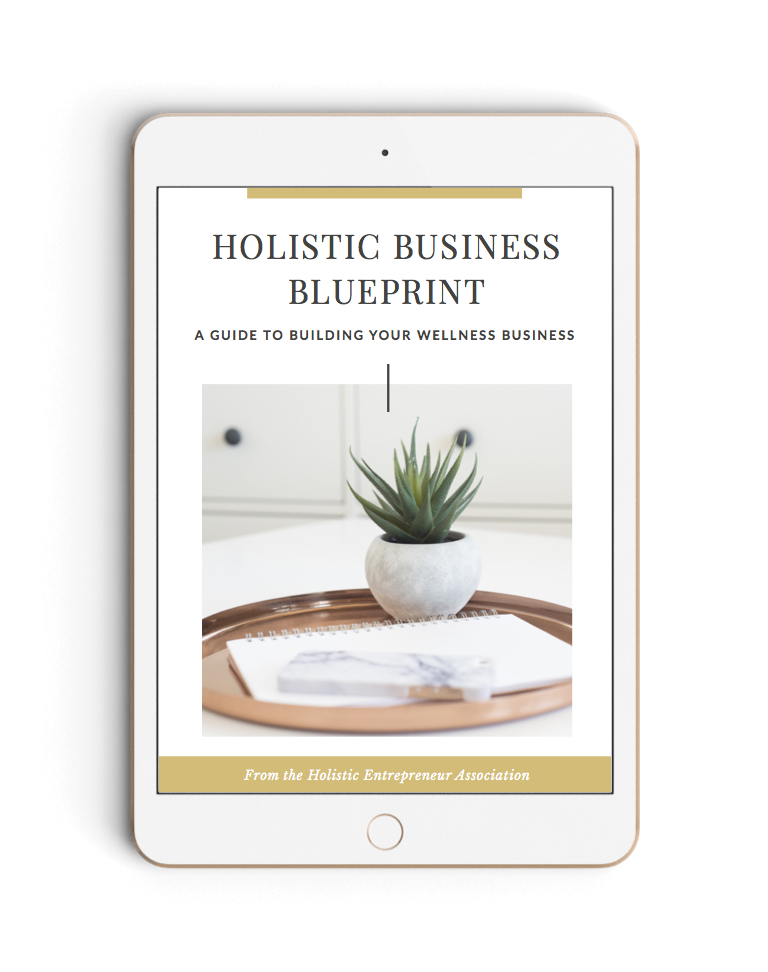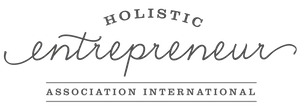right now, it looks like you would benefit most from focusing on
Stage 4: Attraction
Great job on all the work you’ve already done to establish the foundations of your business. Now, you’re ready to put systems in place to generate leads, nurture those leads, and convert them into clients in Stage 4: Attraction.
SCROLL
Stage 4: Attraction Overview
During this stage, you’ll begin consistently promoting yourself and your services to make yourself known in your community and among those you want to serve. Here, you’re creating a plan for connecting with new prospective clients to introduce them to your business, nurturing those prospects by providing consistent, valuable content, and lastly converting those clients through promotions and sales conversations.
let’s take a look at the specific action steps you’ll be focusing on during this stage:
Stage 4: Attraction
Step 1: Create a clear plan for consistently introducing your business to new prospective clients
This is where the rubber meets the road in terms of actually getting out there and finding new clients.
Now that you have the foundations of your target market, messaging, and brand crystal clear from the previous stages, you need to reach your prospective clients through consistent marketing activities.
Some tried-and-true examples of marketing methods include public speaking, networking, referrals, partnerships. Putting yourself in front of your prospective clients removes your “invisibility cloak” and makes you VISIBLE in your community.

“Ugh – I don’t like the idea of marketing myself.”
I totally understand. Most practitioners I’ve worked with started out feeling less than enthusiastic about the idea of marketing themselves.
But here’s the thing: there’s actually a way to market yourself that feels good.
The way of marketing I’m talking about is all about providing value.
Believe it or not, wellness professionals are set up to be some of the best marketers.
That’s because marketing is most authentic and most effective when you truly care about your prospective client, and are truly interested in helping them.
And that’s exactly what we do as practitioners!
So, the kind of marketing I’m talking about here is value-based marketing, and, rather than feeling pushy or slimy, it can actually feel really wonderful to do, because it’s all about focusing on how you can add value to the lives of your prospective clients.
A classic example of value-based marketing
Let’s say you are ultimately selling a program that is geared toward helping kids with behavioral issues to restore proper attention span and improve behavior using natural methods.
Rather than somehow obtaining a list of phone numbers of parents in your area and cold calling them to tell them about your program for kids (which would be pretty uncomfortable for any wellness professional), instead, you set up a lecture to deliver through the local elementary school’s PTA after their next meeting.
The parents that are interested in this information would self-select and stick around for your lecture, and those that aren’t, wouldn’t. The key here is that those who come to your lecture have chosen to do so because they find it to be valuable.
During your lecture, you provide great, actionable information that opens their eyes to natural solutions to the issues their kids are dealing with.
You lightly pepper your talk with anecdotes of past client successes where it’s relevant, appropriate, and demonstrates a point you’re teaching about.
At the end of the lecture, you let the audience know that you that you are currently taking on new clients, and that they are welcome to come speak to you after the lecture if they have any questions about how you might be able to help their kids.
Do you see how natural that “sales” conversation would be at that point, when a mom comes up to you after the lecture, so grateful for all of the very valuable information you’ve just given her, hopeful that you really can help her family?
At that point, it’s often as simple as, “Sure, I’d be happy to help you. Here’s the information on my services. When would you like to set an appointment to come see me?”
Doesn’t THAT kind of marketing sound wonderful?
Well that, in essence, is value-based marketing.
Step 2: Create a strategy for regularly creating and delivering free, valuable content to enable your prospective clients to get to know, like, and trust you as a wellness professional.
Once a prospective client has become aware of the fact that you exist, we now enter the next step of our Attraction stage.
Here, you are going to nurture that prospective client and begin to build rapport with them by providing them with free, valuable content. You can do this through articles on your website, through regular, value-rich emails that you send to them, through your social media platforms, and even through in-person events that you can invite them to.
The Know-Like-Trust Factor
The Know, Like and Trust factor is a good thing to know about, as it’s a foundational and powerful marketing concept.
It simply means that we are more likely to buy from, and do business with, those we know, like, and trust.
Let’s take a closer look at each of these three components…
First comes “Know”
People feel most comfortable buying from a person or a brand they feel like they already know to some degree. You can probably think about examples of this from your own life, when you’ve gone with one brand of products over another or one service provider over another simply because you’d seen or heard about them before.
On the other hand, unfamiliarity, and therefore lack of knowledge about or confidence in a product, service, or brand, can act as a barrier for purchasing.
Second comes “Like”
Just like we have a natural inclination to work with people we KNOW, we are also naturally inclined toward working with people we LIKE.
And authentic, value-based marketing helps to naturally establish that rapport.
Third comes “Trust”
As practitioners, we are giving people our expert guidance on their greatest asset: their health; so trust plays a key role in the work that we do, and the marketing that precedes it.
But in truth, this trust factor plays a key role for any kind of business or service provider. This is one of the reasons why referrals are such an incredibly powerful marketing tool.
Who do you trust most? Your friends and family, right? So if they tell you about a great experience they had with a service provider (whether that’s dentist, a house painter, or something else) it’s going to carry a lot more weight than, let’s say a postcard would that you received in the mail from that same service provider.
Beyond friends and family referrals, there are other ways you can engender trust as well. For example, establishing referral relationships with other service providers, executing collaborative partnerships with other businesses, and simply being a consistent source of valuable, reliable, credible information.

Step 3: Create a strategy for promoting your paid services to your prospective clients and get comfortable conducting a sales conversation
At this point, you have:
1) Introduced your business to a prospective client so that they know you exist
and
2) Subsequently nurtured the relationship to the point where they know, like, and trust you (because you’ve been providing them with lots of authentic value that has truly been helpful for them)
Now you have a prospect who gets what you’re about and will be more receptive to working with you.
Now it’s time to encourage that prospective client to sign up for your services. If you are delivering one-on-one or small group services, consider offering a short, free introductory call (sometimes called a “Discovery Session” or a free “Initial Consultation”) where you can learn more about that person’s health goals and see if they would be a good candidate for your services. If so, you transition into the sales conversation and enlighten them on your services.
Feel weird about sales conversations?
Most practitioners feel awkward in sales conversations before they’ve done their first few dozen. Keep an eye on your inbox for another resource coming your way to help out with this, and know that these conversations do get easier with practice.
Want to know the most common pitfalls that can happen during the Attraction stage and how to avoid them so your business can flourish?
Click the button below to download the bonus guide.

and if you’d like to see how the attraction stage ties into the full strategy for growing your wellness business, you can download the holistic business blueprint here:





Thanks for taking the quiz and for reading through your results! The work that you’re doing in this world is needed now more than ever, and I hope this information helps bring clarity to the next steps to take in your wellness business.
Keep an eye out on your inbox, I’ll be sending over another free resource soon that has been a game changer for practitioners I’ve worked with. I think you’ll find it helpful for your business, too!
With love and support,


Jessica Pantermuehl, FNTP, CHHC
Founder of the Holistic Entrepreneur Association
